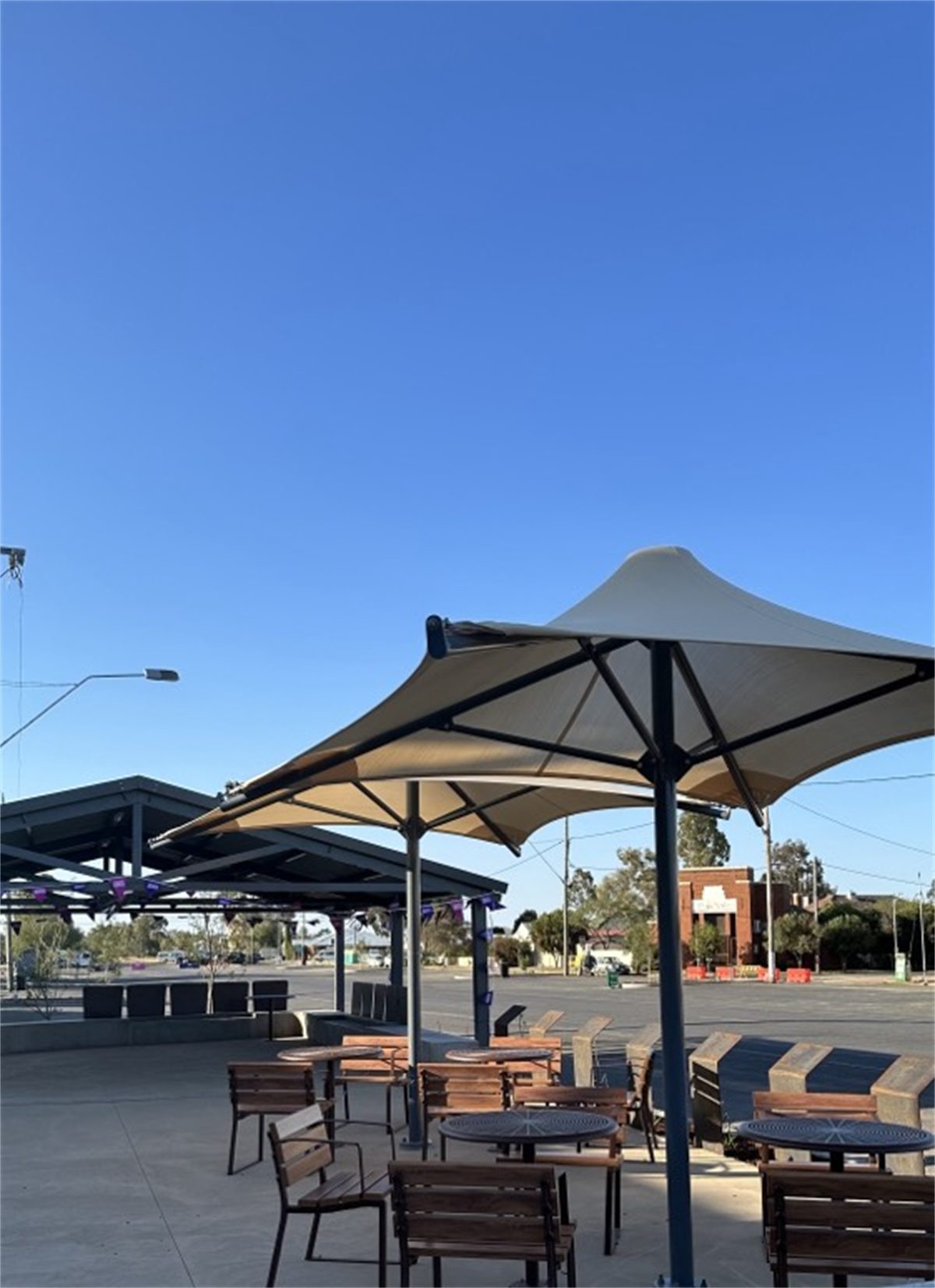Population growth slump
Following a two-year hiatus, the return of immigration is set to underpin housing demand over the coming decade, according to Pete Wargent, co-founder of Australia’s first national marketplace for buyer’s agents, BuyersBuyers.
Mr Wargent said, “net overseas migration has been negative through much of the pandemic, so even after accounting for natural population growth of around 136,000 over the past year, the population growth rate in Australia has dropped to exceptionally low levels of around 0.3 per cent”.
Figure 1 – Annual population change
“From 2006 to 2020, the average population growth rate in Australia was 1.7 per cent, which today would imply population growth of close to 450,000 per annum”.
“I’m not sure we’ll see that level of growth any time soon, but even a return to 1½ per cent population growth equates to an increase of nearly 400,000 per annum. In turn, creating a huge demand for housing at a time when construction costs are sky high, and stock levels are extremely tight” Mr Wargent said.
Post-pandemic pump
BuyersBuyers CEO Doron Peleg said the lowest unemployment rate in 48 years would support calls for a return to strong immigration from business lobbyists.
Mr Peleg said, “the headline unemployment rate of 3.85 per cent is the lowest we have seen in half a century, and in some parts of the economy, this has led to skills shortages, such as in retail, nursing, and aged care roles, for example.”
Figure 2 – Unemployment rate
“Of course, skills shortages are not uniform in nature, and not every sector has been impacted by border closures to the same degree. The Budget papers assumed a steady return to net overseas migration of 213,000 by 2023-4, representing projected total population growth of more than 350,000 per annum”.
Figure 3 – Budget papers / Source: Australian Treasury
“The 2021 Intergenerational Report assumed that Australia’s population growth would be slower than previously forecast, due to the pandemic and a lower fertility rate, but still sees the total population reaching 38.9 million by 2060-1, representing an increase of 50 per cent or 13 million from today’s levels”.
“Given forecasts have consistently underestimated the reality over the past 20 years, it’s entirely possible that the population could grow more quickly still”.
“Neither of the major political parties seriously addressed the ‘Big Australia’ question during the recent Federal election campaign due to it being a politically sensitive issue. But governments tend to promote skilled migration to boost headline economic growth, the participation rate, the tax take, and improve the dependency ratio” Mr Peleg said.
Calls to action
BuyersBuyers co-founder Pete Wargent said that there would be strong calls for the new government to resurrect immigration levels quickly.
Mr Wargent said, “there are plenty of anecdotal indicators of staff shortages at retail outlets, with many shops advertising urgently for new applicants to fill vacant roles, while surveys of job vacancies continue to report exceptionally high rates of vacancy.”
“It’s likely that the new government will look to increase the number of skilled migrant workers to address labour shortages, and residency may be offered to temporary visa holders to boost permanent settlement.”
“We already know that Labor wants to increase the number of nurses in aged care homes and doctors in the healthcare sector, and in the short term, this must mean more recruiting from overseas, until domestic training programmes can be developed in time.”
“Another area which may face an overhaul is the offering of residency to international students. Australia has for many years been a popular destination for students, but the national relationship with China has cooled, and Australia is now competing with Canada, the UK, and other key education hubs as a destination of choice for the best and brightest students around the world, especially those hailing from India.”
“Australia has been seen as a popular, wealthy, and safe destination for migrants over recent decades, and despite cost-of-living challenges, the new government should comfortably be able to fill an increased migration programme if that’s what it chooses to do” Mr Wargent said.
“It wouldn’t be a surprise to see population growth returning to above 350,000 per annum fairly quickly, and a million new people every 3 years requires a great deal of investment in housing”.






